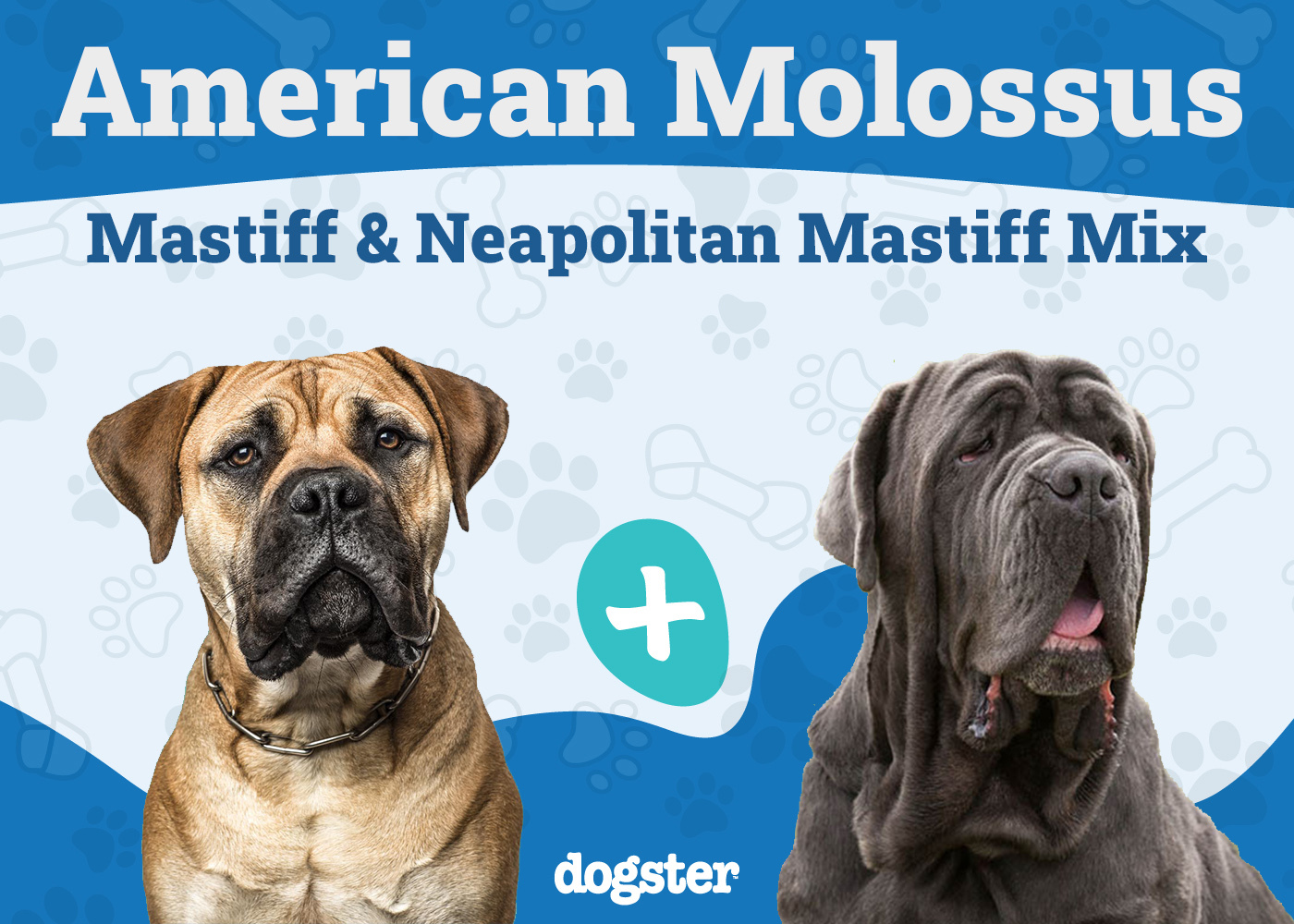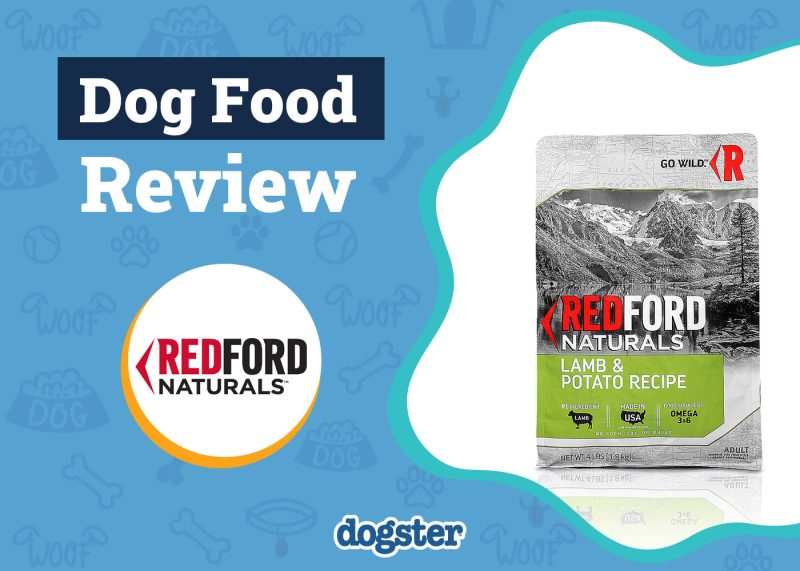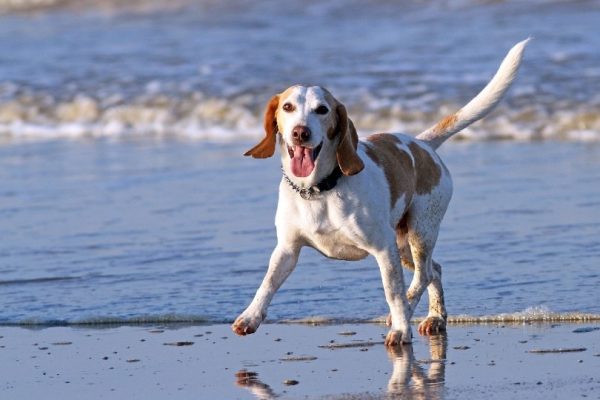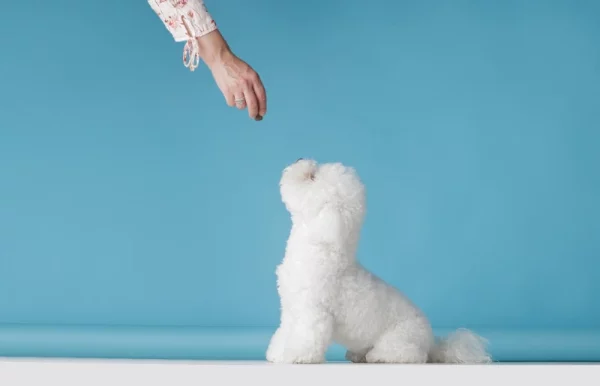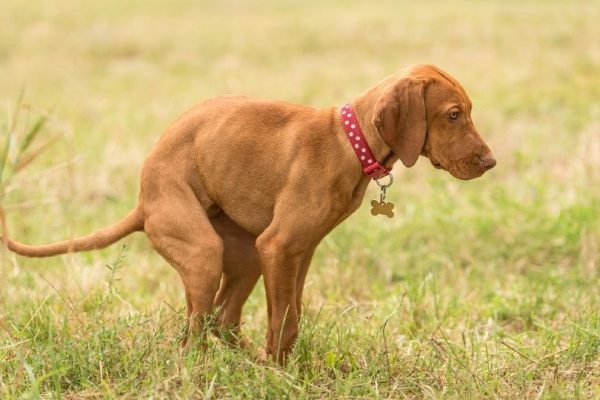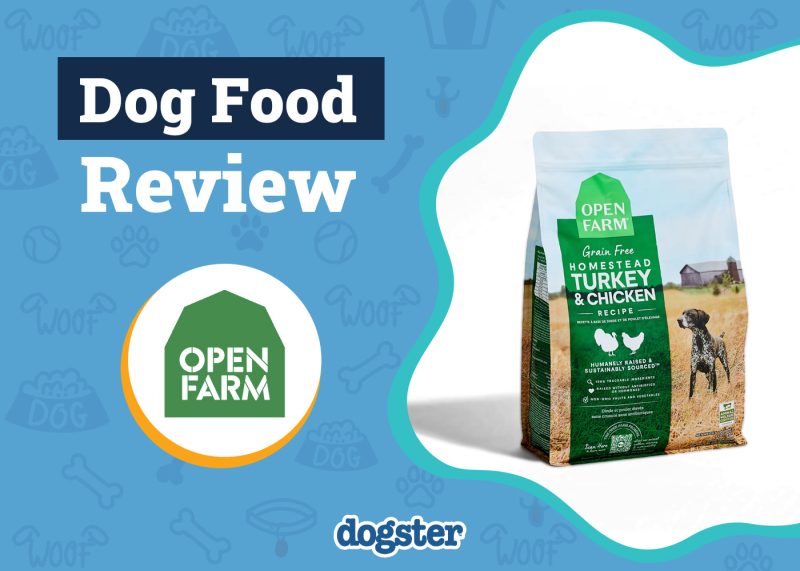In this article
View 8 More +The ancient Molossus dates back to Mesopotamia, but they became most well-known during the time of the Greeks and Romans. These massive war dogs soon gained a legendary reputation. Though long extinct, this breed has returned in the form of the American Molossus. While not the same dog, of course, the American Molossus may be as close as one can get to owning an ancient Molossus.
If you’ve been looking for a guard dog and have the room, this breed may be of interest. These pups are loyal and protective, and their size instantly intimidates bad actors. There’s a lot to know about owning a dog of this size, though, so keep reading!
Breed Overview
Height:
27–35 inches
Weight:
150–200 pounds
Lifespan:
6–8 years
Colors:
Black, black brindle
Suitable for:
Those with lots of room, families with tweens and teens, those seeking a guard dog, experienced dog owners
Temperament:
Loving, loyal, protective
The American Molossus is a mixed-breed canine created from crossbreeding the Mastiff and Neapolitan Mastiff. There may have been some other dog breeds in the mix, but these two breeds are explicitly mentioned on the website of the breed’s founder. This massive pup hasn’t been around very long and is actually still in development. However, adopting one will give you a protective guardian and loyal friend all in one!
American Molossus Characteristics

American Molossus Puppies
If you’re looking for an American Molossus puppy, you’re going to have to go through a breeder to acquire one, as this breed is still quite new, making it relatively rare. There aren’t many of these yet, so you may have to travel to find one of these pups. Ensure that any breeder you use is reputable, and ask plenty of questions about the health of the genetic line and what kind of genetic testing has been done.
This breed is a giant one, so even puppies will be larger than puppies of other breeds, but they’ll still be adorable! While these pups will be interested in plenty of playtime, this is also the period where you should begin training your American Molossus.
American Molossus Origin & History
The American Molossus is meant to be a resurrection of the ancient Molossus from the Mesopotamia/Sumeria period. It is a new enough designer breed that it doesn’t have much of a history yet. However, we do know the American Molossus was created by Marcus E. Curtis, who says the Mastiff and Neapolitan Mastiff were used to create this modern version of the ancient Molossus. There were likely a few other breeds in the mix, but we’ll look at the histories of these two dogs.
The Mastiff breed dates back to the days of Julius Caesar, who was impressed by the Mastiffs helping defend against his invasion of Britain. The Mastiff breed known and loved today didn’t truly take shape until medieval times, though, when they were used as guardians, war dogs, and big-game hunters. The Mastiff of today is still courageous but much friendlier and more docile than their ancestors.
The Neapolitan Mastiff dates as far back as 700 B.C. This canine breed was popular during Roman times when these dogs were utilized as gladiators, war dogs, and guardians. The size of these dogs is truly intimidating even today!


Temperament & Intelligence of the American Molossus
This canine breed is known for their loyalty and protectiveness, which only makes sense considering they’re meant to be guardians. For the most part, this breed is calm and reserved, but they form strong bonds with their human families and can be quite loving with their favored people. With people they don’t know, though, they can be wary and standoffish.
Though large, this breed isn’t aggressive; their size is meant to intimidate and scare off potential threats, not their behavior (and size alone usually works!), meaning there’s no need for them to be aggressive. These pups are also intelligent, though that intelligence is countered by an independent nature and stubborn streak.
Are These Dogs Good for Families? 👪
While these pups can be good with children, they aren’t recommended for families with small children due to their massive size. However, if you have tweens or teens in the house, the American Molossus should make a fine pet who will make a loving and protective friend for older kids. Even with children of this age, be sure interactions with the dog are supervised, and tweens and teens know how to respect a dog’s boundaries.
Does This Breed Get Along With Other Pets? 🐶 😽
The American Molossus can get along with other animals with proper training and socialization, but due to their size, you may want to be careful with them around smaller animals (and most animals will be smaller). While this breed is unlikely to purposely hurt another animal, due to their size, they might accidentally step on an animal or otherwise injure them. So, you may be better off as a single pet household if you own one of these dogs!


Things to Know When Owning an American Molossus
What else should you know about caring for one of these massive pups? Here’s a look at the needs of the American Molossus so you know exactly what you’re getting into if you adopt one.
Food & Diet Requirements 🦴
This is a giant-sized breed, so they’ll eat a lot. You should consult your dog’s vet for a personalized feeding recommendation to determine exactly how much your American Molossus should consume daily.
If you need to speak with a vet but can't get to one, head over to PangoVet. It's our online service where you can talk to a vet online and get the personalized advice you need for your pet — all at an affordable price!

When it comes to what to feed them, they should be fed high-quality, high-protein dog food specifically made for giant (or large) breeds to ensure they receive all the nutrients they need.
Due to their size, these dogs can be prone to obesity, so be sure you aren’t overfeeding them and stick to low-calorie treats for training!
Exercise 🐕
The American Molossus has only moderate exercise needs. A couple of 15-minute walks a day plus some playtime should suffice to keep them active and happy. Be careful when exercising this dog, though, and stick to low-impact walks. Because of their size, the breed can be prone to joint issues, and anything too high-impact could harm them. Also, a fenced-in yard would be fantastic for this breed when it comes time to play!
Training 🎾
Unless you are incredibly experienced in training dogs, we recommend getting a professional trainer for your American Molossus. This breed may be calm, but between their size, wariness of strangers, and protective nature, you cannot skip out on training them. Due to their independent natures and stubborn streak, they can sometimes be challenging to train. Enroll your pup into obedience classes as a puppy, and be sure to socialize them properly to ensure your dog’s safety.
Grooming ✂️
This breed doesn’t require much grooming (although it may take a while to brush them from head to toe!). A weekly brushing should help get rid of any dead or loose fur, while a bath here and there will help their coat and skin stay healthy. It’s also advisable to check the folds on this dog and clean them with pet wipes on a weekly basis.
Other than brushing and the occasional bath, your dog will need their ears checked regularly and cleaned out as needed, nails clipped when needed, and teeth brushed on a regular basis. If you feel you can’t accomplish parts of this yourself, find a good groomer who has experience with giant breeds.
Health and Conditions 🏥
Because this breed is newly developed and still developing, it’s difficult to say what health conditions they might be more prone to develop. However, there are certain conditions the Mastiff and Neapolitan Mastiff are likely to develop that this breed may inherit.
- Dermatitis
- Cherry eye
- Obesity
- Hip dysplasia
- Elbow dysplasia
- Dilated cardiomyopathy
Male vs Female
The only real difference between male and female American Molossus is their size. Males will be a few inches taller than females and about 50 pounds heavier.

3 Little-Known Facts About the American Molossus
Ready to learn more about this breed? Here are a few other things you might not have known about the American Molossus.
1. This breed is registered with five registries.
Thus far, the American Molossus has been registered with the American Dog Federation, the US Bully Registry, the Unified Bull Breed Registry, the Designer Breed Registry, and the American Rare Breed Association.
2. The American Molossus has an official kennel club.
The American Molossus Kennel Club was established by the guy who designed this dog breed and is the official kennel club for these canines.
3. This dog has an official breed standard.
Some may not realize it, but this breed does have a breed standard! And that standard states, “The absence of massiveness is to be so severely penalized as to be eliminated from competition.”

Final Thoughts
The American Molossus definitely won’t be the dog for everyone. But if you’ve been looking for a guard dog or have tons of room and space to house a dog of this size, this might be the perfect pup for you. Just be prepared for the cost of owning a dog this large, as they will eat a lot, may need professional grooming at times, and will most likely require a professional trainer.
